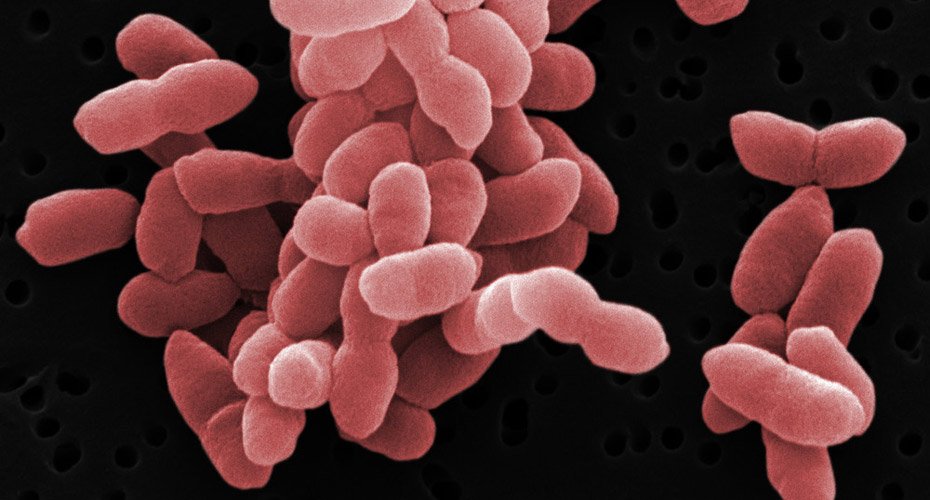Every second of our life is under attack. Trillions of microbes are trying to make their home in the human body. Some microorganisms are important for our health, and some are not. Microorganisms that cause disease by entering our bodies are called pathogens. They can be seen under microscopes. At present, there are around 1400 known human pathogen species, including viruses, bacteria, fungi, protozoa, and helminths.
When a pathogen invades the body, it’s called an infection, ranging from simple illnesses like the common cold to more complex illnesses like tuberculosis. Infection occurs when microbes like viruses and bacteria that exist all around us enter our body and begin to multiply, disease occurs when the cells in our body are affected negatively by infection, and signs of an illness appear.
Research on pathogens is going on. Many scientists are trying to untangle, how pathogens can harm humans, how the immune system responds to pathogens, how they run with cells in the body, what are the genetic variations of bacteria and viruses, and how to eliminate pathogens.

As we know, pathogens are harmful to us, it also becomes hard for scientists to study them, since it increases the chances of exposure to biological agents, also there is a risk to the health of scientists. So scientists operate these kinds of studies in well-organized labs. Two main principles are followed by those who work on pathogens, their biosafety, and their biosecurity.
A biosafety level is necessary as it provides isolation for harmful biological agents in enclosed laboratories, controlled air movements inside labs, HEPA- high-efficiency particulate air filters are used to purify the air. HEPA does not remove vapors, they remove microorganisms, dust, pollen, etc. The special personal protective kit which has gloves, mask, and costume is also important, and sometimes special respirators which help to breathe filtered air are also used.
Then biosecurity deals with the safety of their details, not to release or misuse of pathogens.
Biosafety Levels
There are four levels:
Biosafety level 1 (BSL-1) is the safest. One is familiar with the microorganism and there is almost zero chance of disease caused by that microbe. BSL-1 laboratories are also used to teach students.
Under Biosafety level 2, sometimes one doesn’t know that the organism on which he/she is working will cause any type of disease or not. However, there is low risk as there are many safety measures at this level.
Biosafety level 3 deals with low community risk but high individual risk, which means that pathogens can cause disease but will not transmit from one to another. That’s Why laboratories in BSL-3 are in low air pressure.
Biosafety level 4 laboratories rarely exist as there are very high chances of risk. Pathogens treated in BSL-4 may prove hazardous to both humans and animals. Effective treatment also may not be available. There are about 44 BSL-4 labs in the whole world.
Why Research On Microbes?

In recent years, our planet has seen many types of diseases caused by pathogens. Many pathogens are still undiscovered and may give rise to another pandemic in the coming years.
To avoid this, scientists are continuously studying pathogens so that they get an idea about other disease-causing microbes and be ready to fight the disease with all their tools.
More than stars in the galaxy, there exist microbial species. Many of the microbes are unknown and scientists are working on them to recognize which disease they can cause and how to cure that disease. The goal set for researchers is to detect and control the expansion of harmful microbes.
Everything has a positive and negative side. Similarly, microorganisms are important for humans, plants, and animals and also proved hazardous in other ways.
